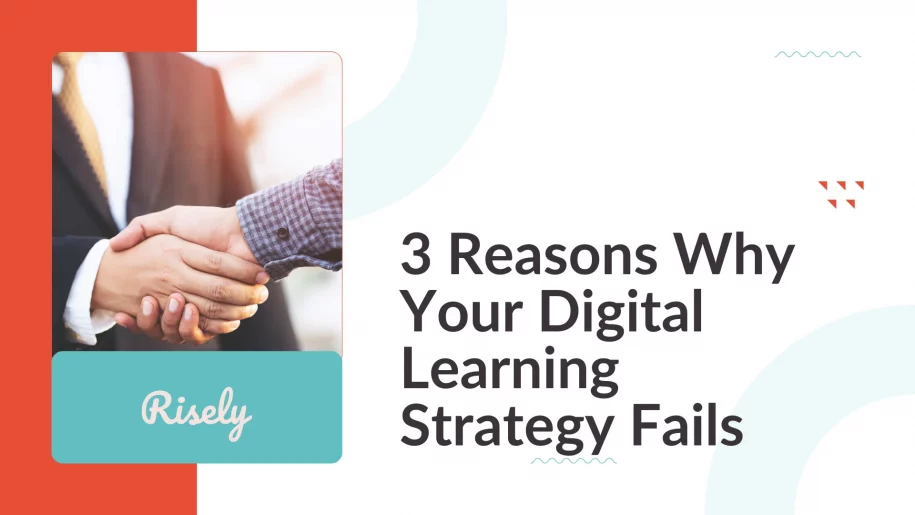3 Reasons Why Your Digital Learning Strategy Fails
In the last few years, digital learning strategies have changed how we learn. More and more organizations are using online learning platforms and tools. Because of this, it’s very important to have a clear plan. Sadly, many digital learning programs do not meet expectations. This blog post looks at three common reasons why digital learning strategies fail. It also offers tips for making learning experiences better.What’s a Digital Learning Strategy?
Digital learning has changed the way we gain knowledge and skills. Online learning platforms have made it possible for people everywhere to access educational resources at any time and place. With more mobile devices around, learning is now easier and more convenient. Today’s learning platforms provide many tools and resources. These include video calls, interactive modules, and personalized learning plans. In the latest wave of L&D’s digital revolution, the tides are shifting toward higher adoption and integration of AI in workplaces to create meaningful digital learning experiences. More and more L&D teams are exploring options like microlearning and personalized journeys for the employees to focus on key pain points like learner retention and application of training at work. Still, having these technological features does not ensure a successful digital learning strategy.3 Reasons Why Digital Learning is Not Working Out for You
Digital learning has many great opportunities, but it also has some challenges. You need to deal with technological changes, teaching methods, and what learners expect. As a result, you need to think of many points of failure while creating learning and development strategies.Reason #1: Lack of Clear Objectives and Goals
A common problem in digital learning is not having clear goals. Without clear learning objectives, it is hard to create good learning experiences or to see if your learning strategy is working. Many organizations focus too much on technology and not enough on the results they want to achieve. When AI is becoming more of a buzzword rather than a tool, it is easy to fall into the hype and directly jump into the application stage without thinking through it. To create a strong learning strategy, start by identifying the skills and knowledge you want learners to gain (this should further connect to your organization’s business goals). By setting clear learning objectives, you give a plan for teams and individual learners so everyone aims for the same goal. It is only after the goals are set that you can think of execution. Moving to corporate learning plans for next year, keep this one mantra in mind: Do: Use AI to achieve strategic learning goals. Don’t: Treat “Use AI” as a goal in your L&D strategy. One aspect of bad goal-setting is getting lost in the process. The second aspect is the lack of clarity. Each goal should explain what learners can do after finishing the training. For instance, instead of saying learners will “understand project management principles,” a better goal is “learners will be able to apply project management principles to create a project plan with clear timelines, milestones, and resources.” Measuring learning outcomes helps you track progress and see how well your training is working. You can use different methods, such as quizzes, assignments, simulations, and observations, to check whether learners have the right skills or knowledge after the programs are complete. Also, by creating realistic and relevant learning goals, you boost learners’ motivation and knowledge retention. When learners know the goals and values of their learning experience, they are more likely to get involved with the material and ultimately create strategic results that you are assessed on.Reason #2: Ignoring the Needs of Your Learners
A learner-focused approach is very important for making engaging and effective digital learning experiences. Many organizations, however, do not pay enough attention to learner analysis and skills gap analysis. Ignoring the needs, preferences, and learning styles of your audience can cause low engagement, weak knowledge retention, and a poor learning strategy. For instance, if an organization made up entirely of people who are largely not tech-savvy and above 60 adopts an online learning program, we know what to expect. Before heading into the action, think of what your learners need.- Tech skills: Are they good with online learning platforms, or do they need more help using them?
- Time limits: Do they have flexible schedules, or are they busy with work, family, and other things?
- Learning styles: Do they like visual, auditory, kinesthetic, or mixed learning methods?
Reason #3: Over-Reliance on Technology
Technology is very important for digital learning. However, relying too much on digital tools without thinking about teaching methods can lead to problems. It’s easy to be distracted by new gadgets and software. But remember, technology should help improve the learning process, not take over. A good digital learning strategy finds the right balance between technology and teaching methods. The main goal should be to create valuable learning experiences. It helps people gain knowledge, think critically, and develop skills. When you plan your digital learning strategy, think about the teaching principles that will help you choose the right technology and methods for teaching. For example, think about using social learning tools to encourage teamwork and sharing ideas among learners. These can include discussion forums, group projects, or giving feedback to friends. Look into gamification methods or interactive simulations to improve engagement and help with knowledge retention. Or, if you’re teaching a highly technical subject, interactive simulations or virtual reality experiences might be beneficial for providing learners with hands-on experience. On the other hand, if you’re focusing on soft skills development, role-playing scenarios or video-based coaching sessions might be more effective. The main idea is to pick digital tools that match your teaching goals. Ensure they add to the learning experience instead of taking away from it. Don’t let technology control how you teach. Choose the tools that best fit your teaching objectives and the needs of your learners.
TL;DR Your digital learning strategy fails when:
- You don’t have clearly defined learning goals.
- You don’t look into what your learners need.
- You focus only on the “digital” aspect of the learning strategy.
Key Components of a Successful Digital Learning Strategy
Now, the big question is, how can we change learning and development for the present age? What makes a successful learning strategy? Let’s try to answer that next.#1 Clarity on Goals and the Role of Tech
Goals are the pivot for your learning initiatives. This holds true even when the said learning happens in a digital landscape. Hence, start thinking of digital learning strategies in tandem with the wider learning and development strategy of your organization. Your business objectives should inform your learning objectives, and from there you can further carve out the areas that fall under the scope of digital learning. For example, a retail chain wants to improve customer service ratings by 25% within six months across 50 stores. That’s the business goal. Upon analysis, the company realizes the need to improve its customer service practice, leading to three key learning goals:- Train staff in advanced customer service techniques
- Standardize service protocols across all stores
- Improve product knowledge among sales staff
- Mobile LMS for easy access during store hours
- Microlearning modules for quick learning between shifts
- AR-based product demonstration tools
- Virtual role-play scenarios for customer interaction practice
#2 Learner-centricity
As we saw in the example of a digital learning strategy above, the needs of the end-user (learner in our case) are critical in determining the ideal course of action. Practicing this ensures learners are at the center of the process, leading to higher engagement in learning and development initiatives. When employees understand the why behind a training program, they are much more open to understanding the what and how. Beyond the C-suite, you need to sell ideas here too. It results in higher participation, performance outcomes, and, ultimately, the success of L&D strategies. But what does learner centricity even mean? We are designing learning for the employee, duh. That’s an extremely simplistic way of looking at it. Learner centricity would mean ensuring that your team can access and apply learning without additional trouble. It includes distributing and delivering material in the right format, gathering feedback and using it for improvements, and providing personalized attention to their unique needs with digital learning platforms and services. For instance, Risely creates personalized learning journeys for people managers since their contexts and challenges cannot be lumped up into a single program. And since managers are often busy and booked people with overflowing calendars, Risely uses microlearning and nudging to meet them where they are – in the middle of a lot happening!#3 Ease of Use in Digital Learning
No one likes clunky tech, but ask people what they hate the most about the learning systems (mostly an LMS) that their workplaces force down their throats, and you will hear about this age-old woe. Conventionally, digital learning comes in the form of online pre-recorded lectures, a quizzing module if you are lucky, and some platforms that seem to work best on mobile when you are on the desktop version and vice-versa. It’s 2024, and it’s high time this thing was left behind. Josh Bersin pointed to this move away from LMSs even back in 2017. If LMS is out, what’s in? We are moving to the era of digital learning that meets the learners where they are. It means fitting into their schedules and day-to-day routines. One way of doing this is microlearning, just like we practice at Risely with daily nudges and activities pictured above. But there’s more to it; another way to meet the learner where they literally are, which we have adopted lately, is integrations within digital workplaces like Slack and Teams. It helps reduce the friction in accessing learning content and thus makes your digital learning strategy much more visible in everyone’s eyes. Similarly, we spoke of accessibility as one of the restricting factors in the success of digital learning strategies. But what if you could learn anywhere, anytime, and in the way you want? AI is making such adaptations possible, and organizations are loving them. In the 2024 LinkedIn Learning Report, we saw that coaching is used as a booster shot for career progression by many organizations, with about 47% actively using it. AI is set to double down on the impact.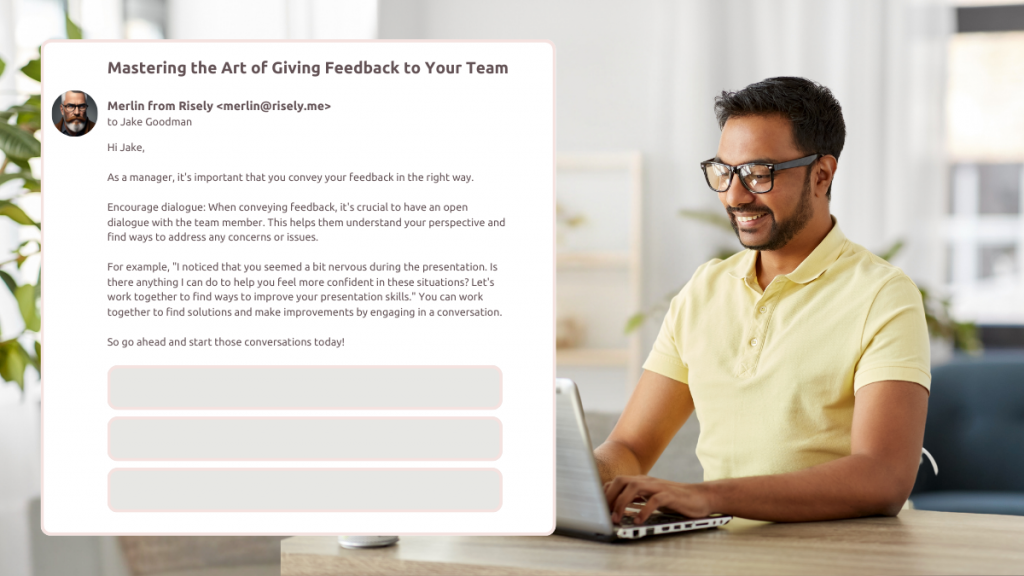
- An interactive voice mode along with chat mode for coaching
- Support in 40+ languages across both the modes
- Custom integrations to include company values in coaching sessions
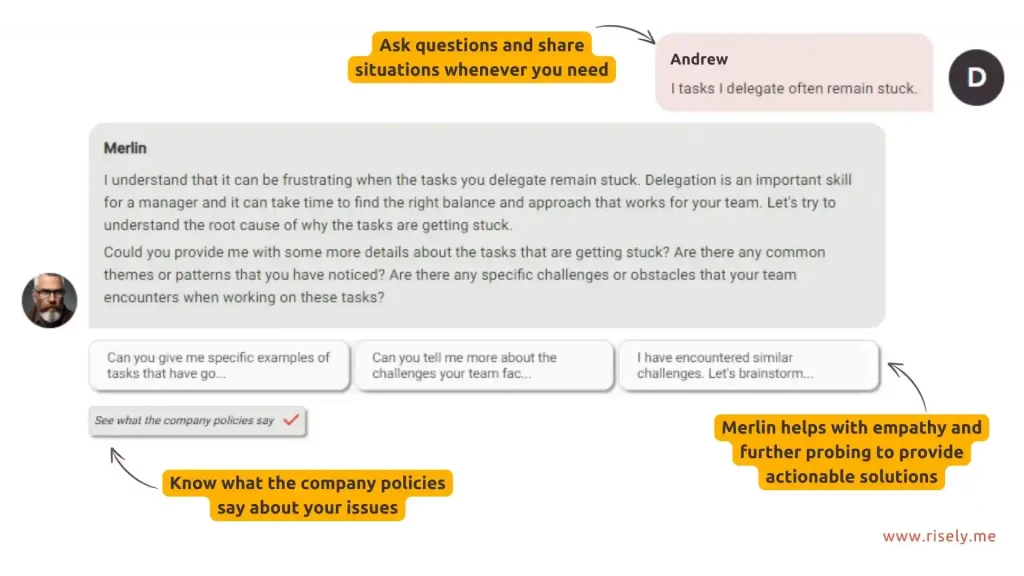
# 4 Giving Digital Learning the Space to Grow with You
Who doesn’t love a product packed with features and constant updates, right? But do you really need something to convert every document into a quiz with multiple-choice options? Probably not. Your digital learning strategy should always be rooted in the reality of your needs for success. Plus, we both know how learning budgets work. Let’s be frugal over prodigal. Thus, a good learning strategy will include prioritization. Let me expand on prioritizing essential features for digital learning with a practical example of a company that wants to train 500 employees on safety protocols. We will implement this digital learning strategy in two phases.Phase 1: Core Needs Assessment Essential Features
- Basic reporting
- Basic content delivery system
- Simple assessment tools
- Progress tracking
- Mobile accessibility
Phase 2: Nice-to-Have Features
- Advanced analytics
- Gamification
- Social learning tools
- AI-powered recommendations
- Custom branding
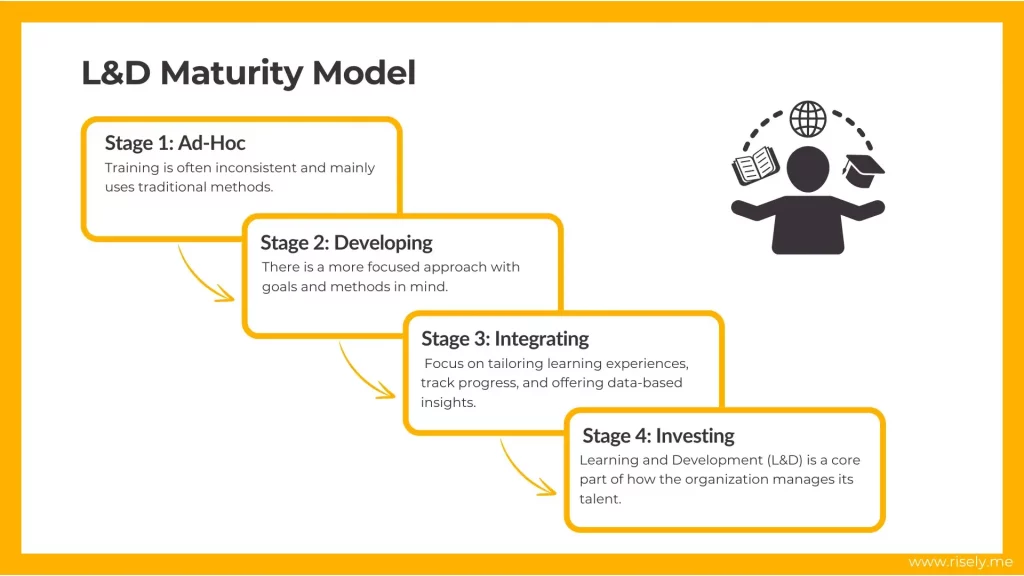
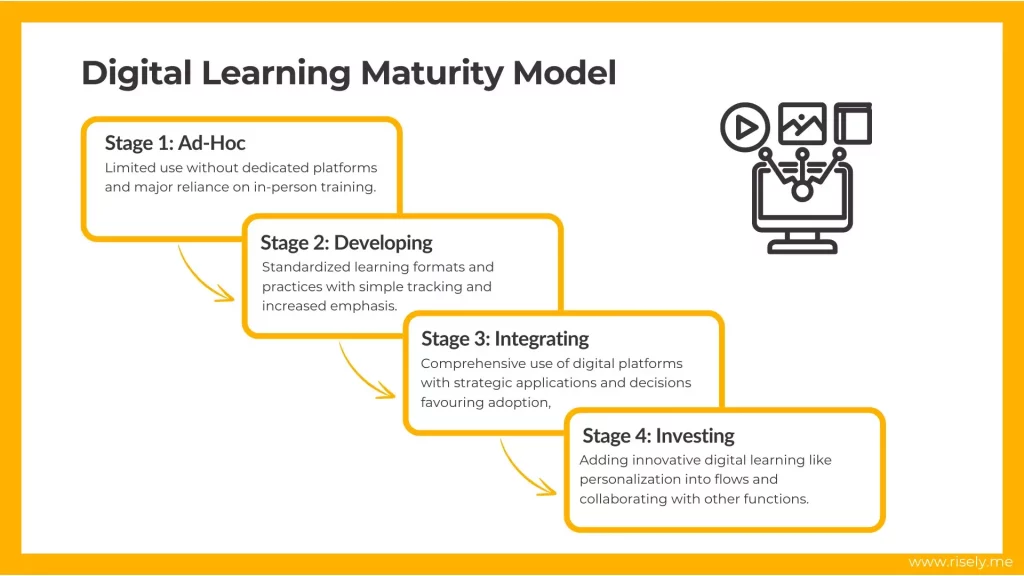
Wrapping Up
In conclusion, a good digital learning strategy depends on having clear goals, focusing on the learner, and mixing technology with teaching methods. It is important to understand how digital learning is changing. This helps us deal with challenges and find new chances. By setting clear and measurable goals, meeting learner needs, and wisely using technology, you can improve your learning programs. Having a complete view that connects learning results with business goals makes a strong and effective digital learning strategy. Remember, the key is to adapt to the changing needs of modern workplaces while putting learners first.Get Started with the Free L&D Strategy Framework!
Grab free L&D resources and more for holistic growth of people managers.
Only on Risely.
How to Build a Leadership Journey? ft. Thomas Ulbrich
Effective leadership doesn’t always begin with a grand vision. Sometimes, it takes root in the courage to take the first…
AI and Leadership Development: Driving Synergy for Growth
AI and Leadership Development: Driving Synergy for Growth You know the frustration all too well. Your organization invests thousands in…
How Are AI Learning Platforms Transforming Leadership Development?
As an L&D leader, you’re likely familiar with this frustrating reality: 82% of organizations consider leadership development critical(1), yet only…
5 Essential AI Skills for L&D Leaders
5 Essential AI Skills for L&D Leaders According to LinkedIn’s 2025 Workplace Learning Report(1), 71% of L&D professionals are now…
How to Create a Course with AI: A Guide for L&D Professionals
How to Create a Course with AI: A Guide for L&D Professionals According to a McKinsey survey(1), only 11% of…

